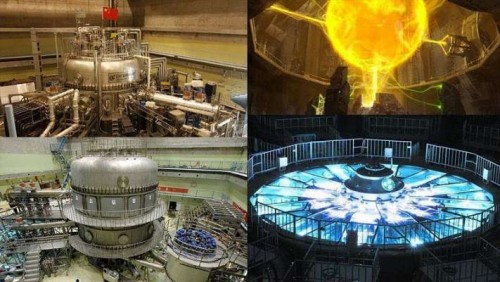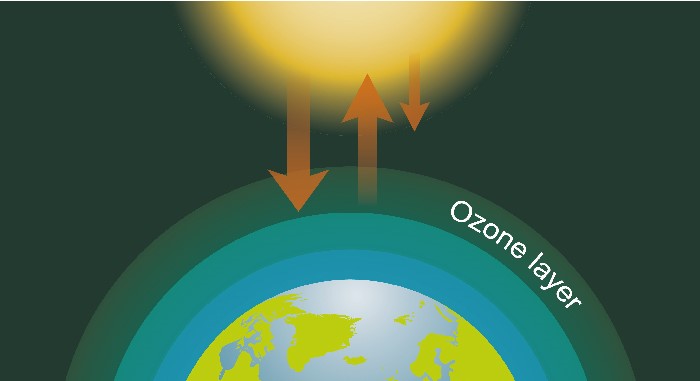Dubbed as HL-2M, it was constructed by China National Nuclear Corporation in collaboration with Southwestern Institute of Physics. It is installed at Leshan, Sichuan province.
When fully active, the reactor is capable of reaching temperatures 13 times hotter than our sun -- approximately 200 million degrees celsius. Our sun maxes out at 15 million degrees celsius.
The Experimental Advanced Superconducting Tokamak (EAST) became the first facility in the world to reach 100 million degrees Celsius (180 million Fahrenheit)—six times hotter than the sun’s core. It is at those extreme temperatures that fusion reactions take place.
A tokamak is a cylindrical fusion device that merges atomic nuclei to create massive amounts of energy—the same process used by our sun. The EAST aims to release nuclear fusion by using deuterium and hydrogen-3 to generate electricity. It uses a powerful magnetic field to confine plasma in the shape of a torus, using superconducting magnets to hold the plasma floating in place.
But controlling the hydrogen gas in such a hot and volatile state is no easy feat. Most of the tokamak devices built to date have only been able to sustain that suspended plasma state for less than 20 seconds.
But last year, the EAST sustained that temperature for 60 seconds. The long-term aim is to sustain it for more than a thousand seconds.
Fusion is the opposite of the fission that powers conventional nuclear plants, where atoms are split to unleash that energy. And unlike fission, fusion power is completely clean: it releases no greenhouse gases, creates no radioactive waste and can’t be used to make weapons. For example, fusing atoms in one liter of seawater can produce the same amount of energy as 300 liters of gasoline.
“The artificial sun’s plasma is mainly composed of electrons and ions,” said Dr Duan Xuru of the China National Nuclear Corporation. “And the country’s existing Tokamak devices have achieved an electron temperature of over 100 million degrees C in its core plasma.”
EAST is part of the International Thermonuclear Experimental Reactor (ITER) project, which seeks to prove the feasibility of fusion power. Other ITER members include the U.S., European Union, India, Japan, Russia and South Korea. These nations are funding a multi-billion-dollar giant tokamak now under construction in France—one that will use parts and research developed at EAST.
China lags behind its ITER partners in its technical capabilities—but the EAST may change that. China’s capabilities have expanded rapidly in the last two decades, and the government is enthusiastically pursuing the technology.
In fact, Chinese engineers already intend to build a separate fusion reactor for commercial use by the middle of the century. That reactor could use hydrogen from sea water and lithium to generate electricity.

China recently completed the construction of this reactor and the operations for the same are expected to commence starting 2020 has hit an important milestone as the country pursues its ambitions to be a global clean energy leader, according to Xinhua News.




